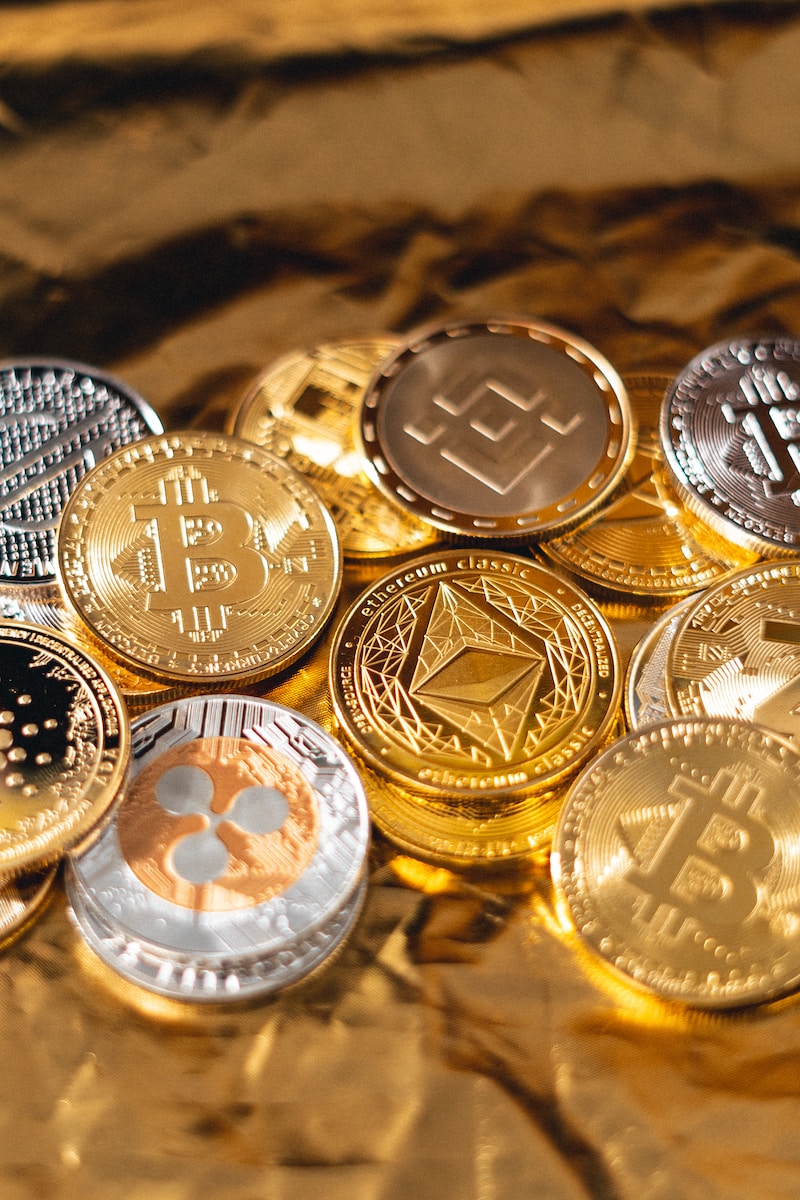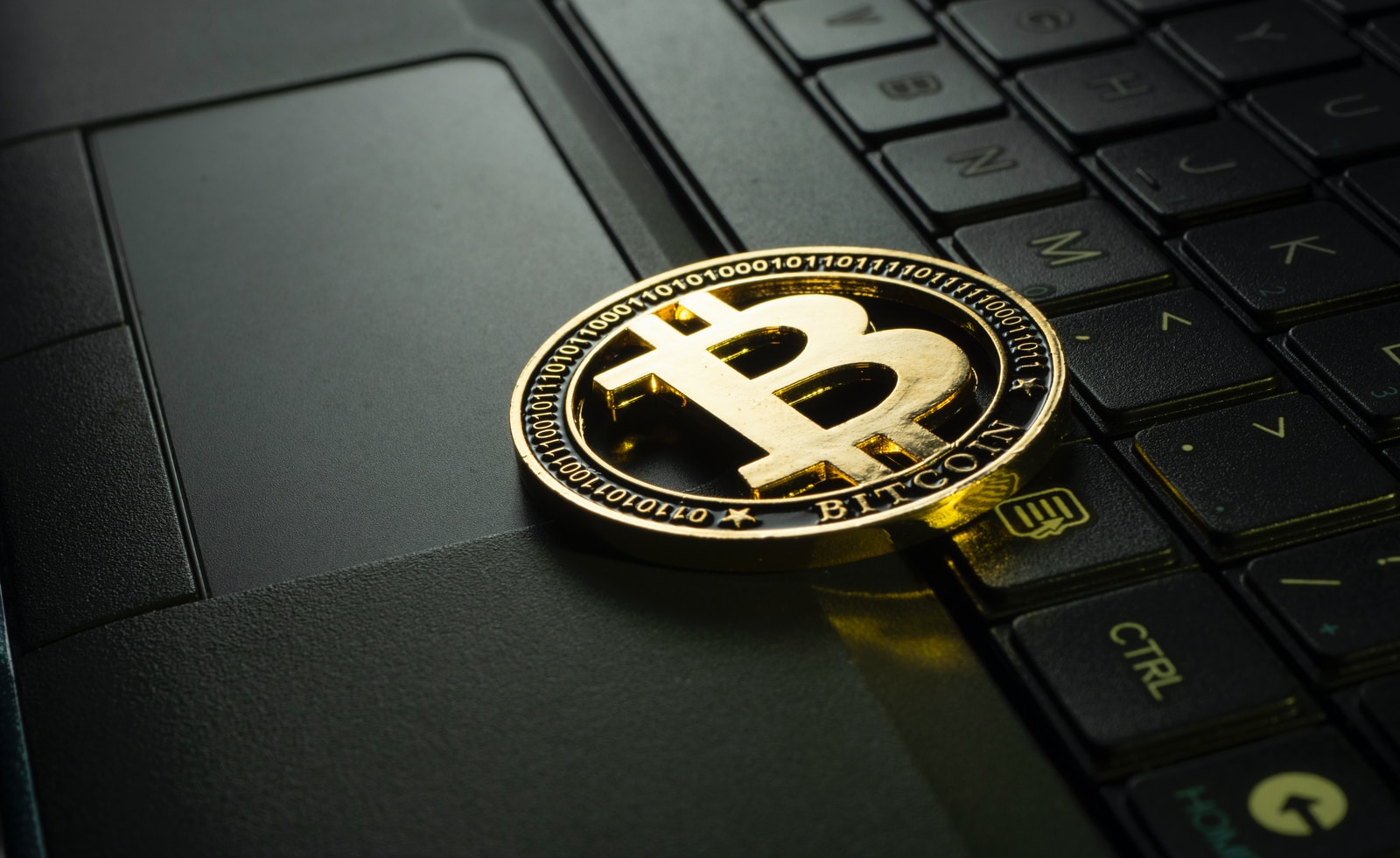What are dApps? A Brief Guide To Decentralized Apps

What are dApps? Want to know about its features? dApps, or decentralized apps, are digital applications. This digital application run and exist on a blockchain. It does not work on a single computer but on a peer-to-peer network. It is not under the control of a single authority. These are the contract-powered versions of apps popularized by the Ethereum network.
They act like traditional apps but provides much more features than traditional apps. It represents a new way of interaction. Different types of finance, like conventional money lending, borrowing, savings, and other similar entities, are powered by a central authority such as banks. Many people consider cryptocurrencies and blockchain as the representatives of the future of finance.
Characteristic of dApps
DApps must have open-source code. It must be in the control of the user. It must work without any intervention from a third party.
The information must be in a publicly accessible blockchain network.
It must have some cryptographic token that is used as access. The contributors are also awarded as stakers and miners.
There are specific ways of token generation, such as proof of work or stake.
Three types of layers in dApps
Layer 1 states that dApps exist on their blockchain. The most famous project is Bitcoin. They require baked-in rules.
Layer 2 states that dApps are built on top of layer 1. The scaling solution on top of Ethereum is an excellent example of layer two dApp.
Layer 3 is above the top of layer 2. It holds the information required for the interaction of the other 2—a layer three protocol house layer 2 dApps. Layer three helps the user to experience all.
Reasons to use dApps
It offers various benefits, more than apps running over centralized networks. It is due to innovative smart contracts. For example, Venmo allows sending money to anyone. However, moving funds to a bank account costs a fee.
Sending money over dApps costs little cost. Sometimes no cost is also to be paid. In other words, it saves the capital of the users. Not only capital, but it also saves the users’ time as the transactions are instant.
Another advantage is that they are invulnerable to all types of attacks. There is no physical device to attack. It makes the network secure, which means there is no downtime.
It is applied to almost any industry, like gaming and file storage. It is also applied to medical and governance. The users are benefitted from the changes on the backend.
Initially, it was full of space to be accessed by anyone. Later on, it was harnessed and centralized by large companies.
The most important advantage is that users can choose the required information and who can see it for how long. Companies sometimes may pay for access to information.
There is a problem of trust in a world where large companies also leak usernames, emails, and passwords.
Finance
Generally, when a person goes to the bank to save, the lenders earn a certain rate of interest based on the money saved. The interest rate and money earned by the lender are directly proportional. The more the person holds, the more rate of interest the lender makes. However, in other words, the bank takes a bigger cut to give a space to store funds. But in the case of decentralized apps, it is quite different.
The lenders have more control over loans. Not only that, some platforms allow borrowers to take months and years to pay off their interest, although the borrower meets a minimum payment threshold. Here the borrower can discuss the interest rates with the lender, ensuring a fair decision agreed to both parties. Then when everything is done, the proceeds can, thanks to the smart contract technology immediately, and no need for the involvement of a third party is also there, which makes the confirmation process longer.
Social media
Users are greatly benefitted from social media dApps. Firstly there is free speech all around, and if there is some problem with some post majority of the vote against that post can take it down. The influencers can also earn from this, like traditional sites like Twitter, where the company profits from popular tweets. Social media dApps may have a built-in tipping system using its tokens. The users can also earn their full payment by running ads rather than the company taking a cut.
Gaming
dApps present an exciting solution in terms of value—for example, Cryptokitties. Here players acquire a tokenized asset. For example, a cat that is either raised properly and is sold at whatever price you would like assuming that there is a buyer who will pay for it, or is a breed with other cats giving out a more valuable cat. Their investment will be genuinely valuable.
Voting and governance
It is one of the most painful processes. It involves various steps of validation. It opens up the procedure to all, thanks to smart contracts. The community can vote on a list of proposals and can set up a time frame. This is open for everyone to participate and vote anonymously. Votes are stored in a decentralized network which makes them untamperable. Voters are rewarded with a relevant token for their efforts.
Fundraising and advertising
Users take advantage of an ad blocker browsing online, which is a pain for websites trying to earn and generate revenue. It is quite obvious as ads in between videos have become quite obnoxious. A decentralized browser app can fix this.
Conclusion
The most crucial thing that plays an important role here is privacy. Users can choose who can track them and protect their information. It still contributes to platforms that require money. In short, it is a win-win situation.
Posted Date: July 11, 2023
Related Blogs
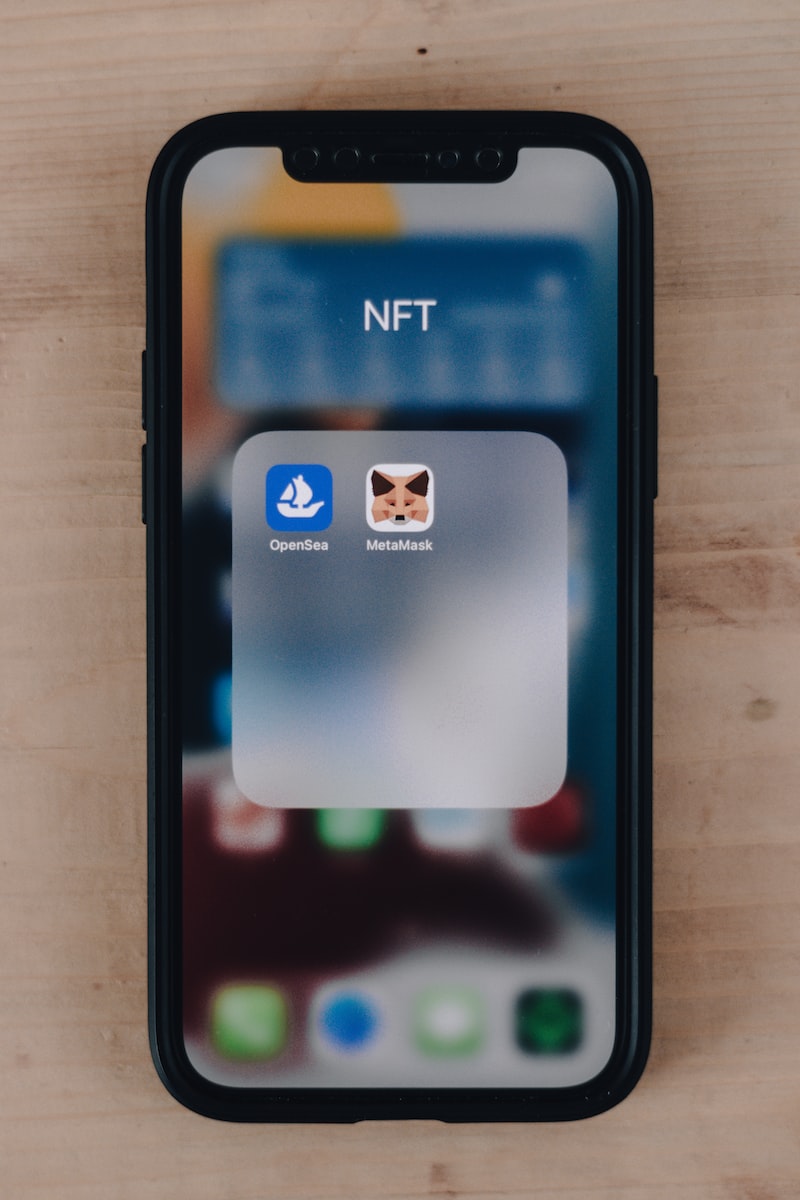
Check Out These Top Ranked NFT Marketplaces in 2023
July 11, 2023
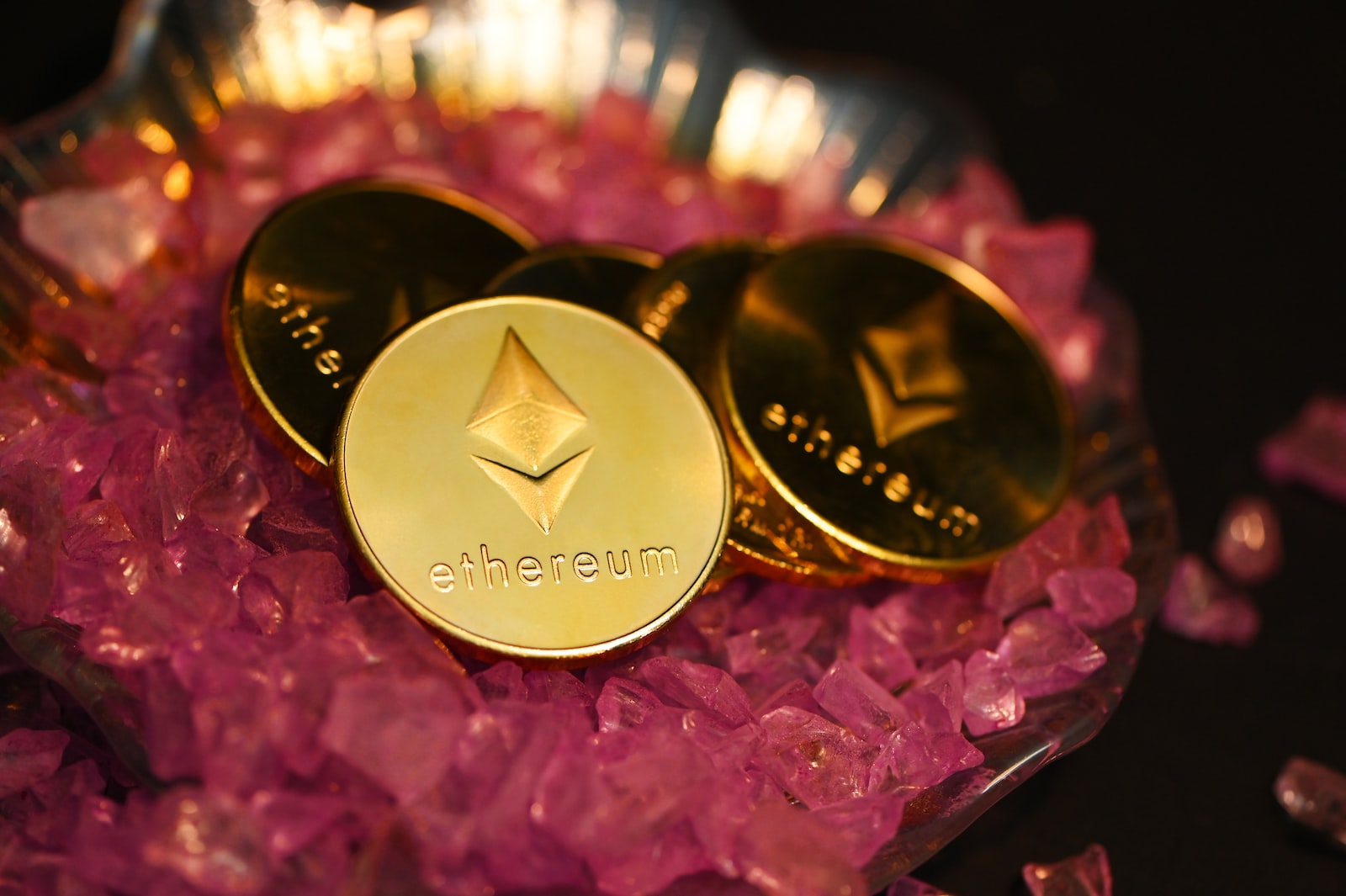
Top Best Crypto Exchanges and Platforms of January 2023
July 11, 2023
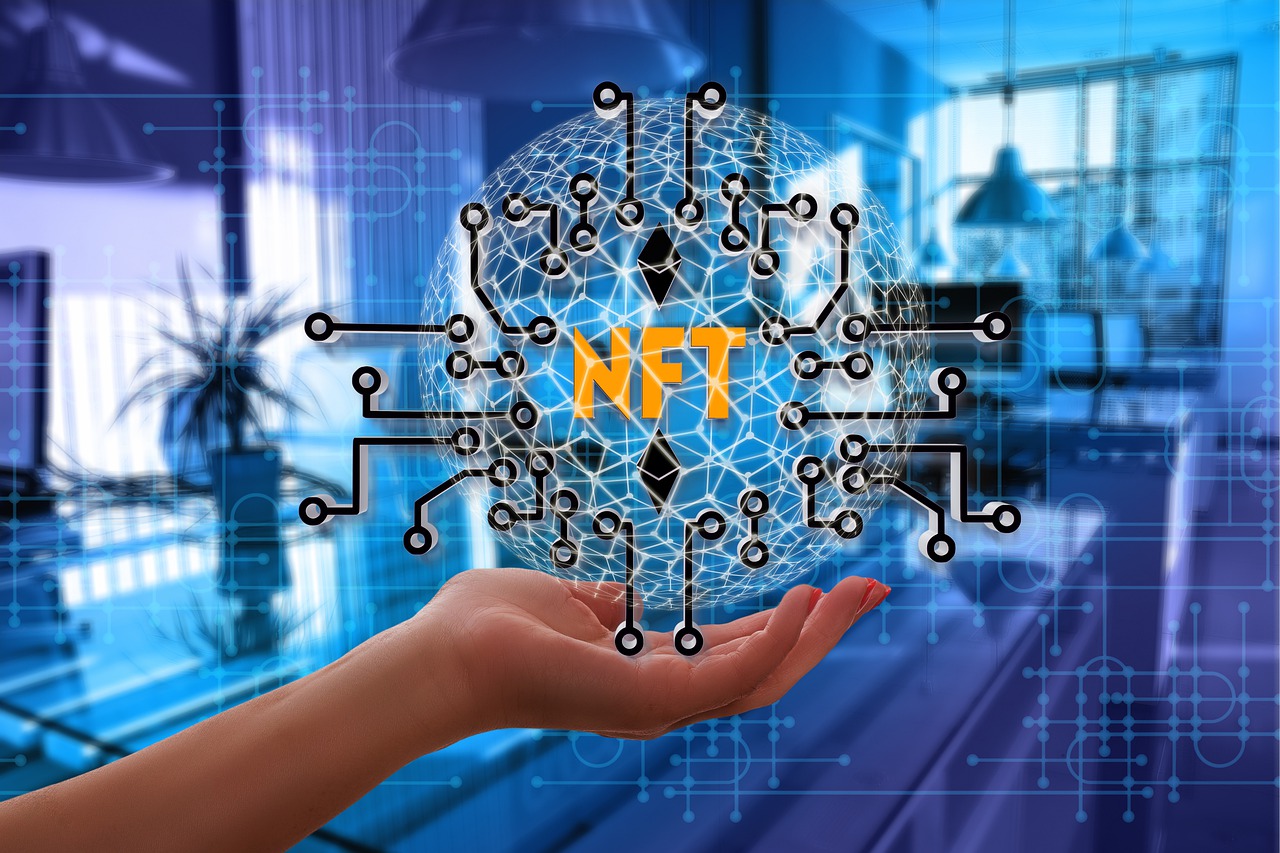
What is an NFT? How does it have value?
July 11, 2023
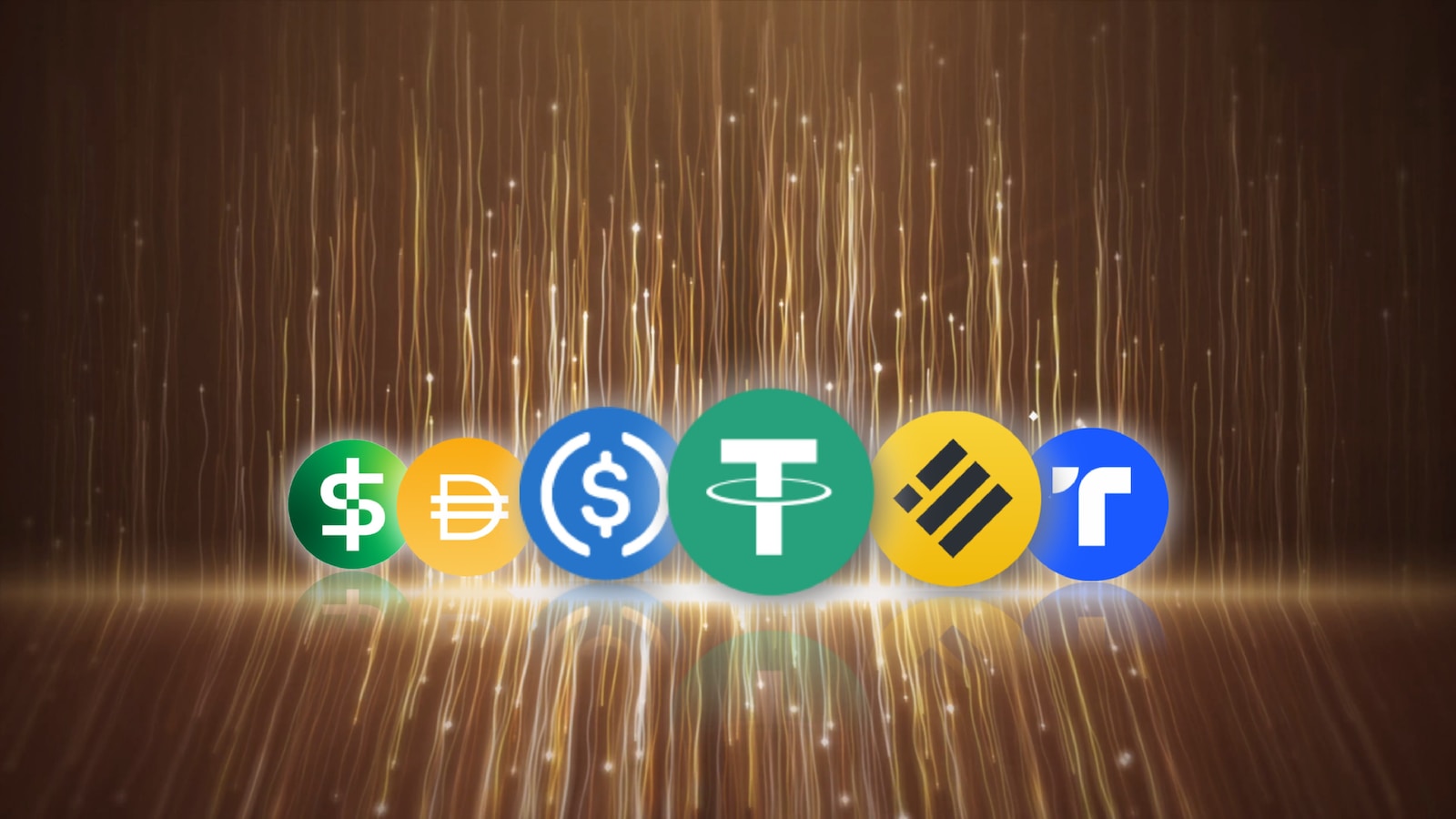
What Are Stablecoins? A Brief Introduction
July 11, 2023
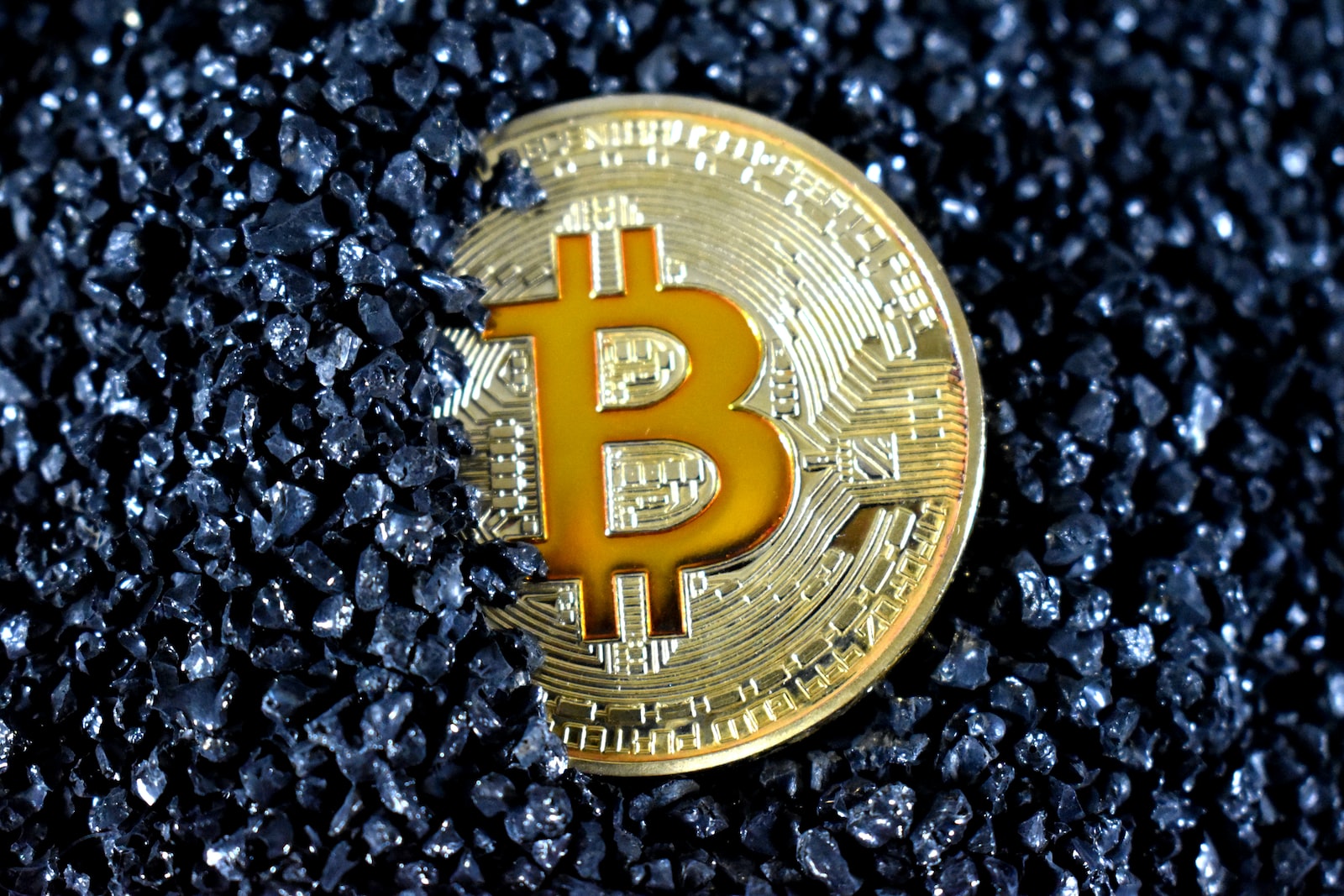
Leading Cryptocurrency Websites To Follow
July 11, 2023
What are Altcoins? A Brief Summary
July 11, 2023

Leading Cryptocurrency Websites To Follow
July 11, 2023
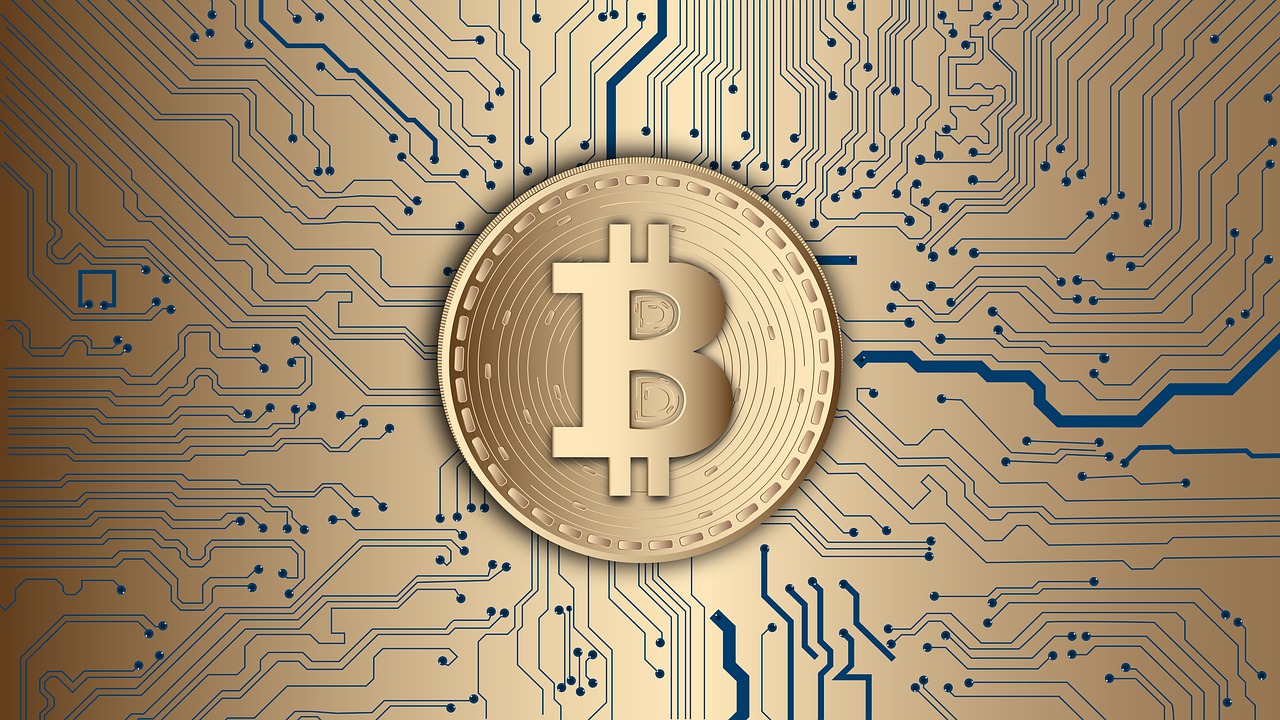
July 11, 2023
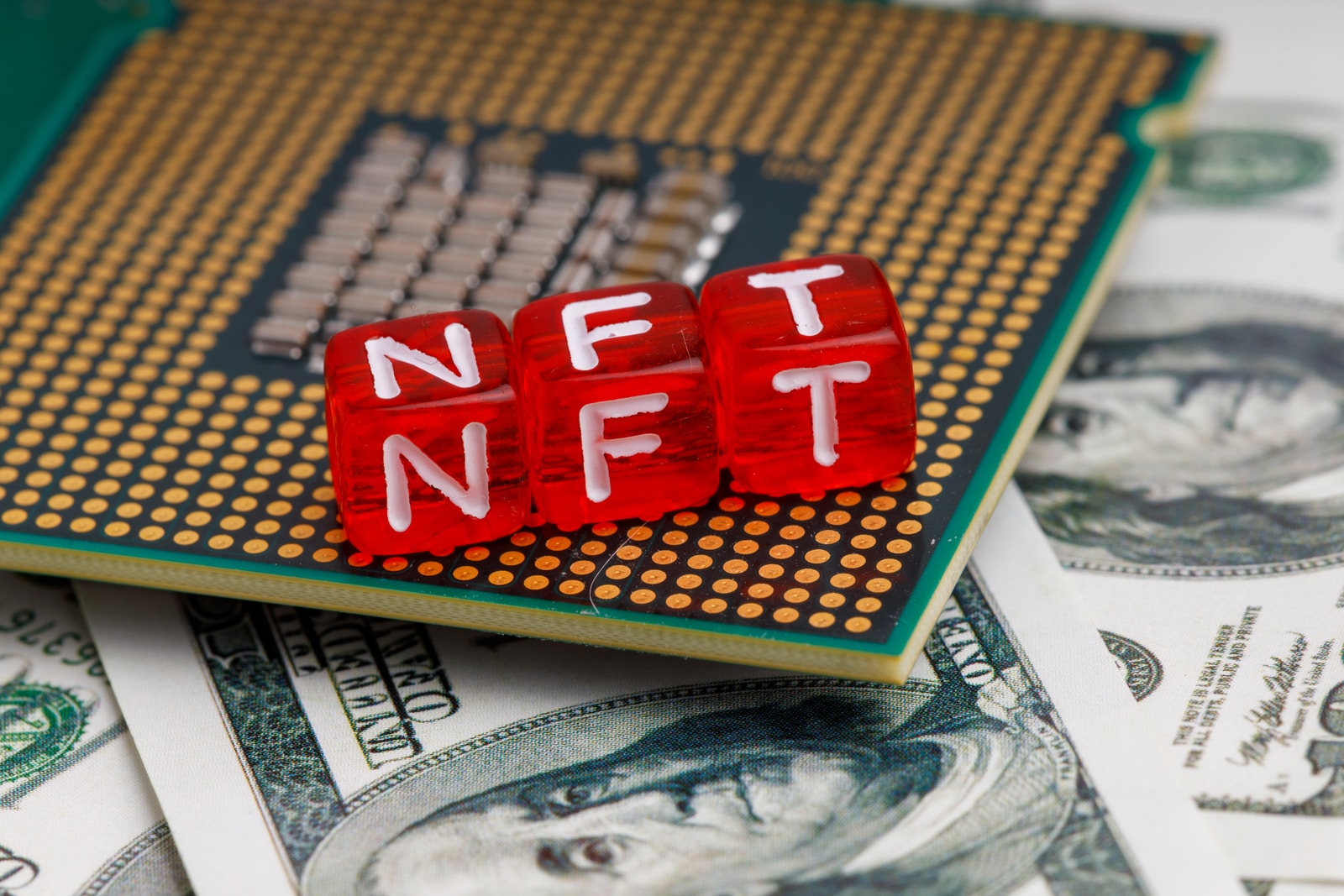


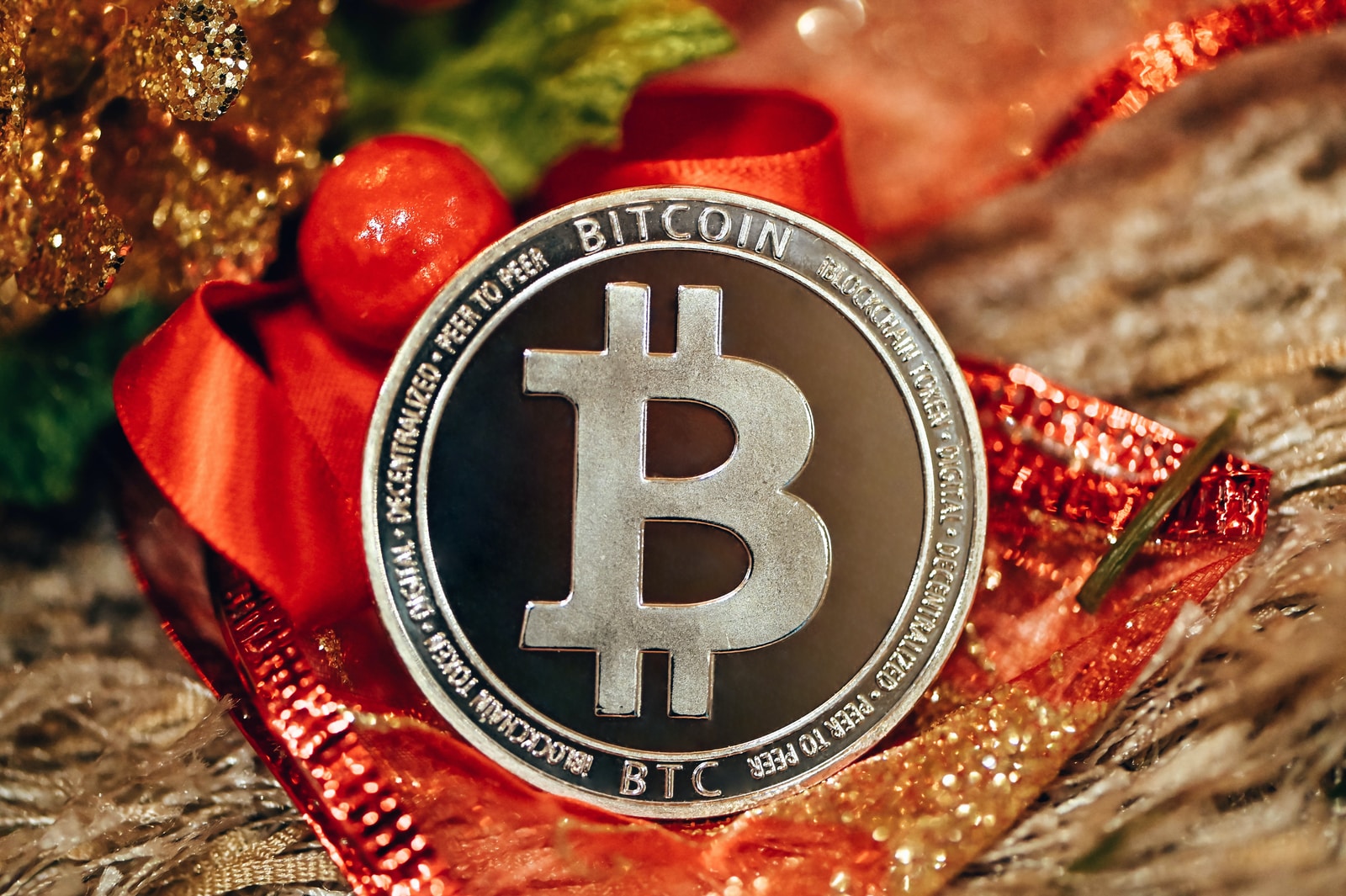
Why are individuals calling Bitcoin a religion?


